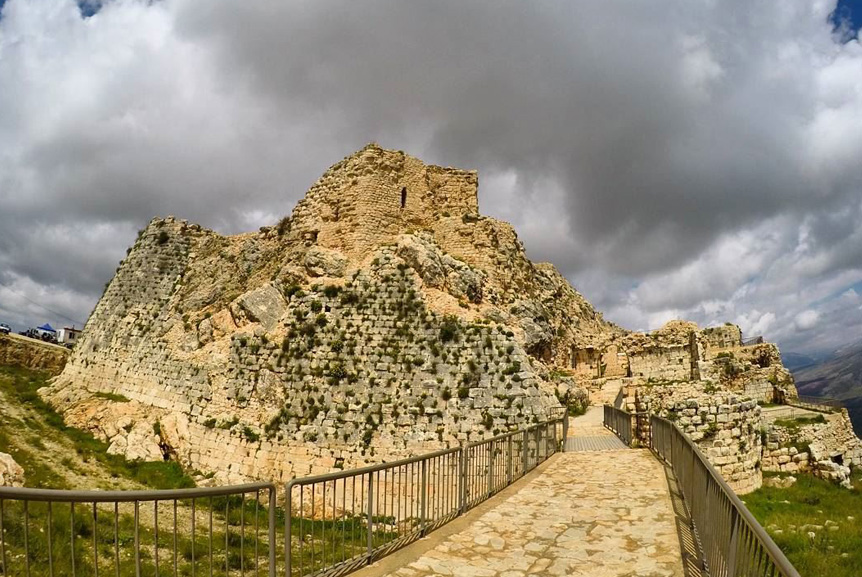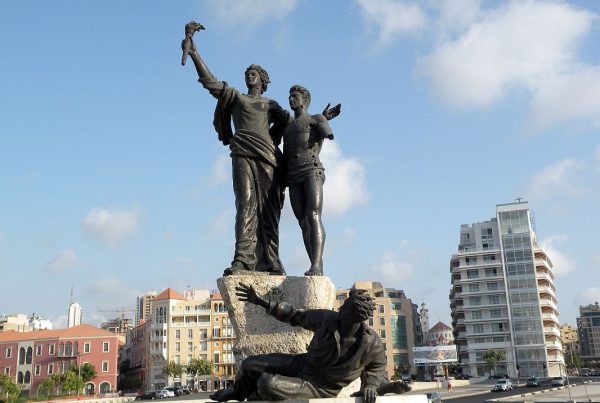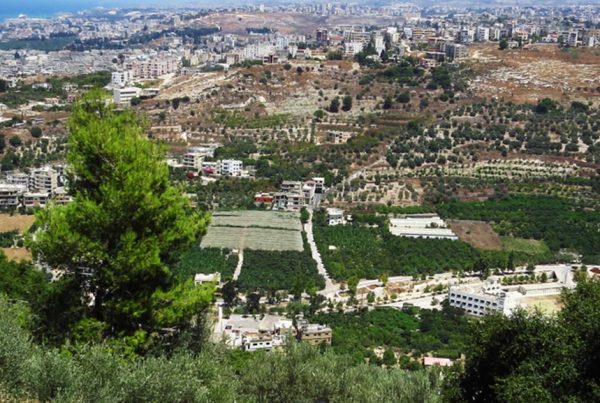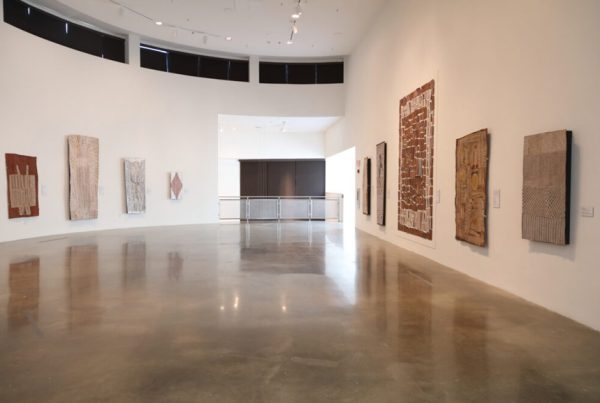Dear tourist, prepare yourself for the unparalleled one-day trip to Beaufort Castle
The Beaufort Castle in Arnoun is one of the beautiful castles in southern Lebanon, distinguished by its location, architecture and design. Due to its privileged location on a peak that overlooks the area from all sides, the castle witnessed various historical events that began with ancient times and ended with the Israeli withdrawal from southern Lebanon.
Today, it is an archaeological site that attracts many local and foreign visitors. That is why Lebanon SightSeeing has put it on a one-day trip with the Mleeta Museum, so that it is a short, fun and enriching tour at the same time. Perhaps they were also combined because they were linked in one way or another to the Israeli occupation of southern Lebanon. The important thing is that through the next few lines you will know how Beaufort Castle is your ideal choice for a very wonderful tourist visit.
Its Location
Beaufort Castle is located in the southern region of Arnoun, in the Nabatiyeh district, and is about 710 meters above sea level. The castle is unique in its privileged location on a mountain peak overlooking the entire region and the course of the Litani River, where the roads link the southern coast to the Bekaa and Damascus.
The castle also overlooks the coast from the west, and a number of surrounding Lebanese villages and towns. From the east, you see a stunning view of the valley where the river flows, the majestic Mount Sheikh and the eastern Lebanon mountain range. And if the sky is clear, you will be able to see the occupied Syrian Golan, the villages of Upper Galilee in occupied Palestine, the Jordan Valley, and other sites.
Reason of Calling
I called it by different names; Arab historians called it “Shaqif Arnoun”, and the word Shaqif is of Syriac origin, meaning the towering rock. As for the foreigners, they called it Belfort or Beaufort, which means the beautiful fortress.
Its History
Historians differ about the date of the construction of the castle, some suggest that it was built during the Crusader period, i.e. in the twelfth century AD, while others mention that the castle was built during the era of the Romans or the Byzantines, and the Arabs used it before the Crusaders entered it, who in turn increased the building and worked to fortify and support it. Until it became the most important fortress among the castles they built in Lebanon. There are some theories that consider that the castle was built on the ruins of an ancient Phoenician building.
Due to its distinguished strategic location in southern Lebanon, the castle witnessed several historical events, especially since it was used as an impregnable fortress from the different peoples that entered the region. During the Crusader period, the King of Jerusalem, “Foulque” Foulque d’Anjou, snatched the castle from the ruler of Damascus, and handed it over to the Crusader rulers of Sidon in the year 1138, but it soon fell into the hands of Salah al-Din al-Ayyubi after a two-year siege.
Hence, the Crusaders were able to recover the castle peacefully from the ruler of Damascus. So the Knights Templar inhabited it and stayed there until the date of its fall at the hands of Al-Zahir Baybars, the Mamluk Sultan in the year 1268, when large parts of it were destroyed. In the early seventeenth century, Prince Fakhr al-Din restored and fortified the castle, but the governor of Damascus, Hafez Pasha, besieged it, struck it with his artillery, and destroyed parts of it.
We point out that the castle has been subjected to several attacks throughout the ages, the latest of which was the Israeli attacks, when it was bombed by artillery and aircraft. It was a center for the joint Lebanese-Palestinian resistance forces until 1982.
It was severely damaged in the battle known as the “Battle of Beaufort”, where the occupation army carried out a massive military operation to occupy the castle, which led to the collapse of many parts of it, distorting its features.
And the castle remained under the control of the Israeli army until their withdrawal from southern Lebanon in May (May) 2000. All this and more will be explained to you on the ground by the well-trained tourist guide, which certainly increases the pleasure of your tour.
The most important thing you will see in the castle
The castle is built on a high rocky outcrop, and the nature of the site dictated its geometric shape. The shape of the building was zigzag and semi-rectangular. From the east, the castle overlooks a deep valley in which the Litani River flows, while it was surrounded, on the other three sides, by a trench dug in the rock to isolate the castle from its surroundings, in which the Knights Templar had erected a fortress, which they called the New Fort.
The castle consisted of three floors, but the third was completely destroyed. It is surrounded by a wall built in the twelfth century. In the thirteenth century, the castle underwent several modifications, as its southern side was reinforced with two huge circular towers, and then a square-shaped tower and another hexagon were added to fortify the castle, in addition to a hall designed in the Gothic style, and residential constructions dating back to the Arab and Ottoman eras.
In its lower part, the castle consists of stables, shooting and storage halls, strongholds, and an arsenal. To the west, a large group of reservoirs dug into the rock were found, to huge basins inside the castle that were used to collect the necessary water in days of scarcity or wars.
The castle witnessed a restoration and rehabilitation workshop, which allowed the discovery of many previously unknown vaults, walls and halls in the castle maps. It also helped to discover again the rocky trench buried years ago that reaches the course of the Litani River. This certainly increased its splendor, beauty, and grandeur.
In general, all the designs that you will see inside that castle will dazzle your mind and make you enjoy the journey of exploration of the castle with the utmost excitement and adventure, which is very special, and you will not hesitate to record every moment with the camera.






